The realm of creature design has always been a fascinating intersection of art and science. From the towering behemoths of classic cinema to the subtle horrors lurking in indie games, monsters captivate our imagination precisely because they feel biologically plausible. This delicate balance between fantasy and scientific rigor is what separates memorable creatures from mere caricatures. Designers who master this framework don’t just create monsters—they engineer nightmares that linger in our minds long after the credits roll.
At its core, biologically reasonable monster design hinges on evolutionary logic. Every adaptation, no matter how grotesque, must serve a purpose. Consider the iconic Xenomorph from Alien. Its elongated skull isn’t just for intimidation—it houses a secondary mouth for efficient prey dispatch, while its acidic blood acts as both defense mechanism and ecological deterrent. These traits didn’t emerge randomly; they reflect a predatory species shaped by relentless environmental pressures. When designers anchor their creations in such Darwinian principles, audiences subconsciously recognize the creature as something that could exist.
The musculoskeletal system often proves the first stumbling block for amateur designers. Too many limbs? Unrealistic weight distribution? These flaws break immersion immediately. Nature abhors inefficiency—a six-legged predator would require exponentially more energy than its four-legged counterpart unless the extra limbs conferred distinct advantages. This explains why the Deathclaws of Fallout resonate so strongly: their exaggerated musculature follows the same biomechanical rules as apex predators like tigers, just scaled up for a post-nuclear wasteland. Their hunched posture isn’t just menacing; it suggests explosive power derived from modified scapulae and reinforced tendons.
Metabolic considerations separate good designs from great ones. A creature’s energy requirements must align with its depicted behavior. The towering colossi of Shadow of the Colossus work precisely because their slow movements imply a low metabolic rate suited to their massive size, while the frenetic movements of Dead Space necromorphs suggest a terrifyingly efficient energy recycling system. This attention to physiological detail explains why some monsters feel like they’ve been ripped from a biologist’s field journal rather than an artist’s sketchpad.
Ecological niche fulfillment remains the most overlooked aspect. Every successful monster exists within an imagined ecosystem, even if unseen. The sandworms of Dune didn’t evolve in a vacuum—their size and behavior directly correlate with Arrakis’ sparse water resources and vast desert terrain. Similarly, the airborne leviathans in Avatar demonstrate plausible gas bladder adaptations for Pandora’s low gravity atmosphere. These creatures feel authentic because their designs answer fundamental questions: What do they eat? How do they reproduce? What environmental pressures shaped them?
The true masters of monster design understand that limitations breed creativity. Rather than slapping random spikes and tentacles onto a generic frame, they impose strict biological constraints—then innovate within those boundaries. This approach yields creatures like the Stalkers from Annihilation, whose hauntingly beautiful hybridizations follow real-world examples of horizontal gene transfer. Their wrongness feels right because it’s rooted in actual biological phenomena pushed to unsettling extremes.
As audiences grow more scientifically literate, the demand for biologically coherent creatures will only intensify. The next generation of monster designers won’t just need artistic talent—they’ll require working knowledge of comparative anatomy, evolutionary biology, and ecological systems. Those who embrace this interdisciplinary challenge will create the iconic monsters of tomorrow: beings so thoroughly realized that they bypass our skepticism and tap directly into our primal fear of the unknown.

By /Jul 21, 2025

By /Jul 21, 2025

By /Jul 21, 2025
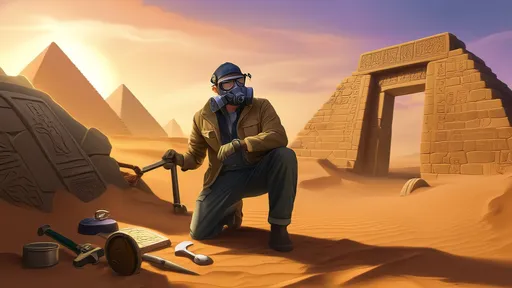
By /Jul 21, 2025

By /Jul 21, 2025

By /Jul 21, 2025

By /Jul 21, 2025
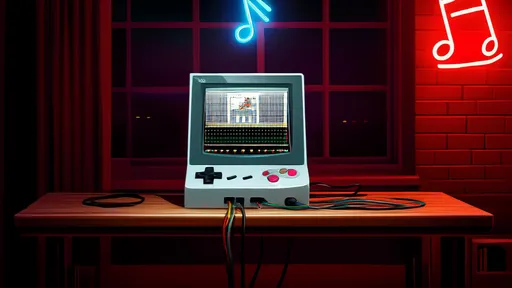
By /Jul 21, 2025
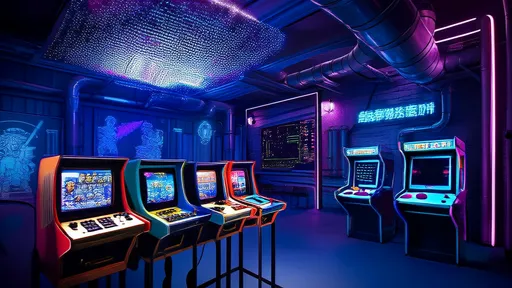
By /Jul 21, 2025

By /Jul 21, 2025

By /Jul 21, 2025
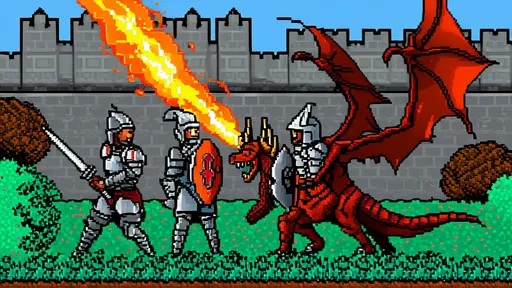
By /Jul 21, 2025

By /Jul 21, 2025
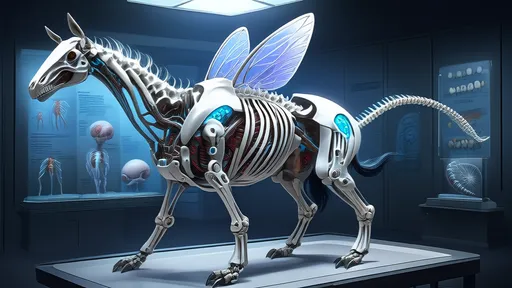
By /Jul 21, 2025

By /Jul 21, 2025

By /Jul 21, 2025

By /Jul 21, 2025

By /Jul 21, 2025